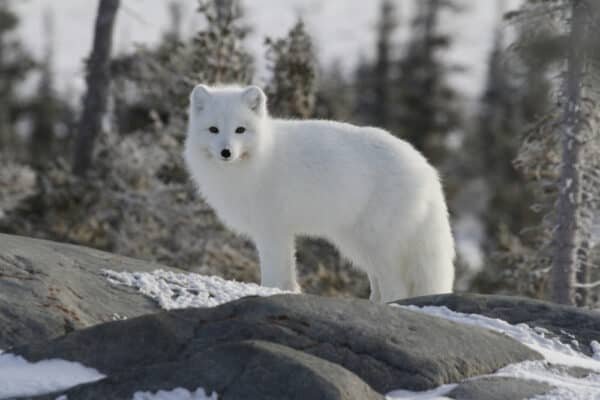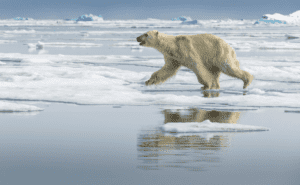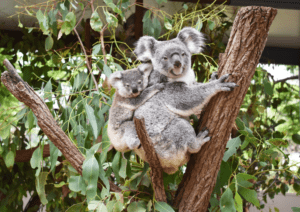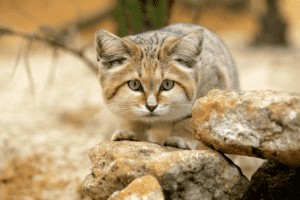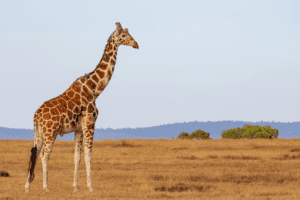The Arctic region is exceedingly cold, and the species that survive there are incredible. The arctic fox is one of the supreme survivors best recognized for its thick, insulating fur that also serves as camouflage. Most individuals do not survive their first year in the wild; however, some remarkable individuals can live for up to 11 years.
In the current article, we’ll provide the information about “Are arctic foxes endangered?”, “Why are arctic foxes endangered?”, “How many are left in the world?”, “How can we conserve arctic foxes” and “why are arctic foxes important?”
The arctic fox (Vulpes lagopus) belongs to the Canidae family, which includes foxes, wolves, and domestic dogs. It can survive in Arctic snow storms even below -58°F of temperature in the treeless regions where it lives. To understand “why are arctic foxes endangered?” let us consider the particular adaptations they need to survive in such frigid climates.
Table of Contents
Special adaptations for the arctic environment
The Arctic fox has beautiful white or blue-gray fur that helps them blend in throughout the snow season. Its natural hues help blend in with the abundant ice of the tundra. The color of Arctic fox fur varies according to the season; it might be grey or brown and mix in with the plants and rocks in the environment, or it can be thick white and blend in with arctic ice.
This attribute also helps foxes for seeking carcasses or hunt their prey. However, if the prey is scared and failed to catch; at such times, they follow the top predators, such as polar bears, to consume the carcass leftover from their prey. Foxes may consume vegetables when they are accessible.
Why Are Arctic Foxes Endangered? Conservation Status of Arctic Fox
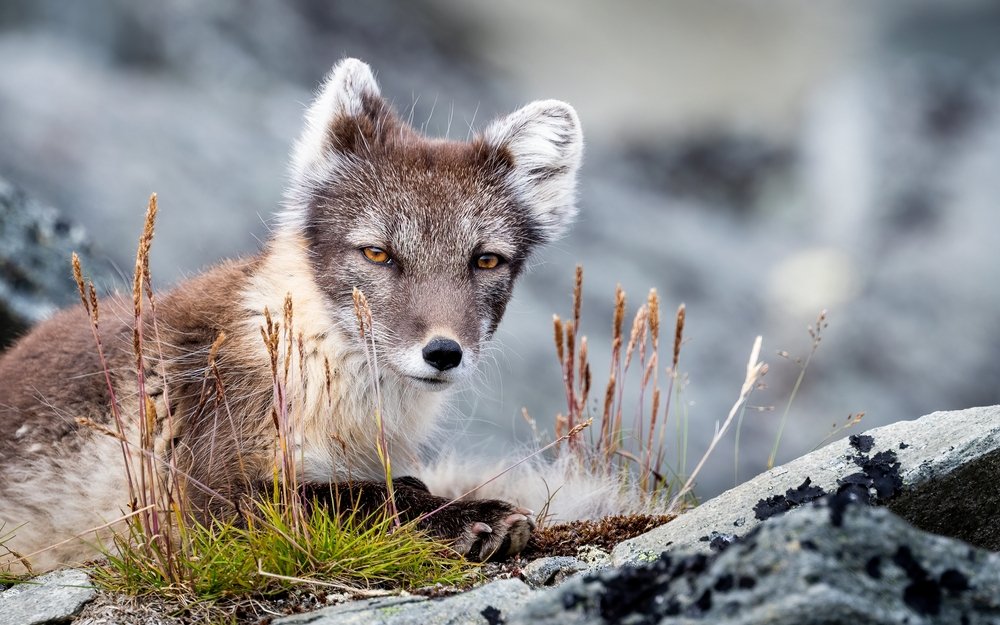
According to IUCN red list, the population of arctic fox is classified as the least concern, which means it is not endangered. Although they are rarely seen in some areas. Populations in parts of Fennoscandia, Norway, and Sweden, however, are critically endangered and extinct in Finland due to climate change-related causes.
Most arctic fox populations are robust, especially in most north arctic regions, and at higher altitudes are the safest because they will face the least to confront transformation in their ecological niche. The Arctic fox’s protection supports the safety of other species in the Arctic region.
Population status of Arctic Foxes?
World Wildlife Fund (WWF) suggested that the population of arctic fox is around a few hundred thousand in the world, with other estimates ranging from 330,000 to 930,000 individuals. They may frequently be found in Alaska and Canada.
However their population in Fennoscandia, on the other hand, is significantly less. In Sweden, for example, the population decreased as low as 30 in 1980, but because of the efforts of the WWF, IUCN, and other global organizations, this is currently on the upswing. Even areas with good population density, such as Iceland, have begun to see a decline after 2010.
There are two sorts of arctic foxes: the white morph and the blue morph arctic fox. According to researchers’estimates, the white morph fox contributes about 99 percent of the total population of the arctic fox.
Read Also: Why Are Sand Cats Endangered?
Reasons for the declining population of Arctic foxes
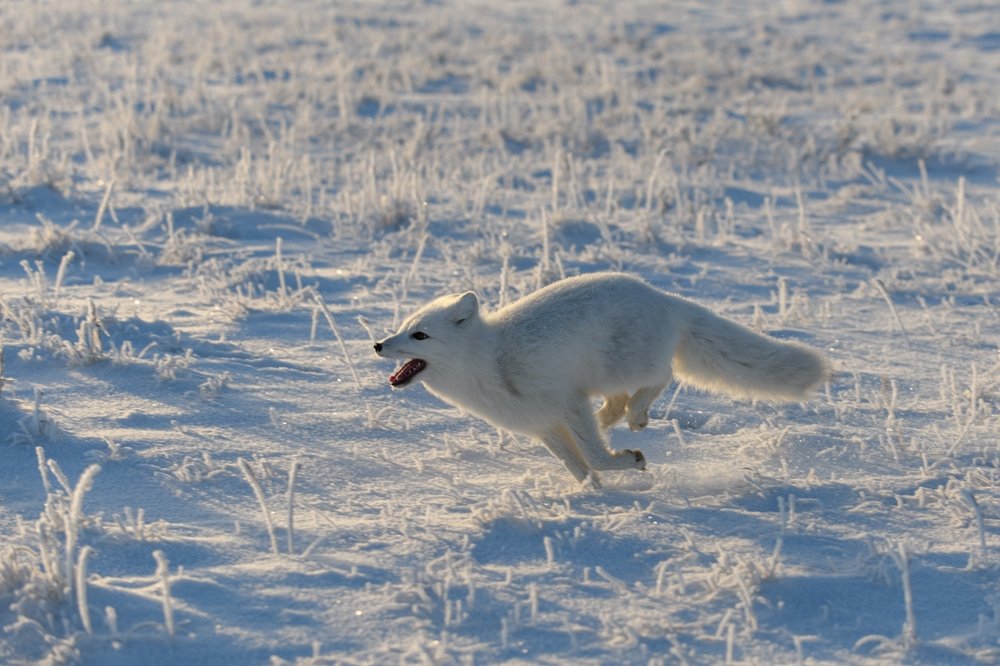
Climate change is to blame for the majority of arctic fox extinctions in particular places. There are many problems associated with this major issue. Let us examine each of these issues:
1. Variations in Abundance of Prey
Depending on location, Arctic foxes have two sorts of diets. That situated away from coastal areas eat tiny rodents like voles and lemmings, on the other hand, those found on the coast eat fish, seabirds, and other coastal invertebrates. Lemming populations have always declined significantly, after peaks occurring every 3 – 5 years, resulting in instability in the diet for arctic foxes living far away from coastal regions.
They have adapted it by modifying their reproduction time pattern to coincide with lemming population cycles when it is at their peak. The years when the lemming population is at its peak, on the other hand, have been very few and have a huge gap in various locations, such as the Norwegian alpine that pose significant fluctuation in the population of arctic fox
Lemmings form snow burrows to protect them from the environment and do not hibernate during the winter. So, Arctic foxes do not require hibernation because they can still hunt on lemmings during the winter, and other sources as well such as polar bear carcasses. Mild weather and wet snow cause these burrows to collapse, and the creation of an ice coating makes food plants unavailable.
These variables may fluctuate the rodent peak population cycles and thus less forage for arctic foxes inhibiting away from coasts.
2. Loss of Habitat
According to the ICUN, the greatest important concern posed by climate change to the arctic fox is habitat loss. Rising temperatures make room for new plants to thrive in the habitat of the arctic fox. That is why their habitats are changing into woods which is a threat for the arctic fox.
3. Melting Arctic Ice
Most arctic foxes do not migrate during the winter, but they have been observed making ‘commuter’ journeys to adjacent sea ice to dine on the carcasses leftover by polar bears. Arctic foxes have less winter food as polar ice melts and the population of polar bear decline.
Melting sea ice is a much bigger challenge for the small percentage of foxes that do migrate. This is because moving arctic ice allows them to travel between islands to explore new populations and food.
However, diminishing Arctic ice is problematic from both sides i.e. habitat deterioration and it allows the red foxes to travel from the continent and to overlap their niche, whereas red foxes are predators and competitors of arctic foxes.
4. Vulnerable to Predators
Arctic foxes are adapted to the high elevation areas of the arctic regions by developing changing colors of their fur to mimic the landscape. It is brown or grey in the summer to make camouflage with the respective landscape, but it put on a thick white fur in the winter to hide in or blend with the snow.
Climate change, on the other hand, may expose their coat to their surroundings, which makes them more vulnerable to predators.
5. Increased Competition with Red Foxes
The red fox is taking advantage of the shifting environment of the tundra. Add to that the formation of new forest zones as tundra temperatures rise, and it may have just the right potential for red foxes to spread into formerly arctic fox territory.
They are fighting competitors each other for food resources, while red foxes have an edge since they are better hunters. On the other hand, reduced snow in certain areas makes their white coat less effective at concealment.
So, due to their bigger size, red foxes are becoming the principal competitor of arctic foxes as kleptoparasites and often feasting on them as a means of reducing competition for resources. According to studies, Arctic foxes are unable to reproduce without risk within eight kilometers of a red fox den.
6. Genetic Pollution
Sickness and genetic problems of the species by captive-bred foxes are also serious concerns for arctic foxes, according to the World Wildlife Fund for Nature (WWF). In southwest Norway, researchers observed fugitive farm foxes breeding with arctic foxes.
The reproductive cycle of Arctic foxes corresponds with peak lemming cycles, allowing them to survive. Outbreeding with farm foxes may result in the loss of this alignment, putting the species at risk. Action against this might be difficult since it would need the extinction of farm-bred arctic foxes.
7. Threats posed by Humans
Hunting for arctic fox fur has had a severe influence on Fennoscandia’s population, which is now the most threatened. An arctic fox fur used in trading and their rates vary from $50,000 to $2,000,000.
However, as public knowledge of the issue has grown and the fur business has shrunk, this has become significantly less of a worry in recent years.
Although aboriginal cultures such as Nomadic tribes are known to hunt arctic foxes for fur regularly.
Ecological Importance of Arctic Foxes
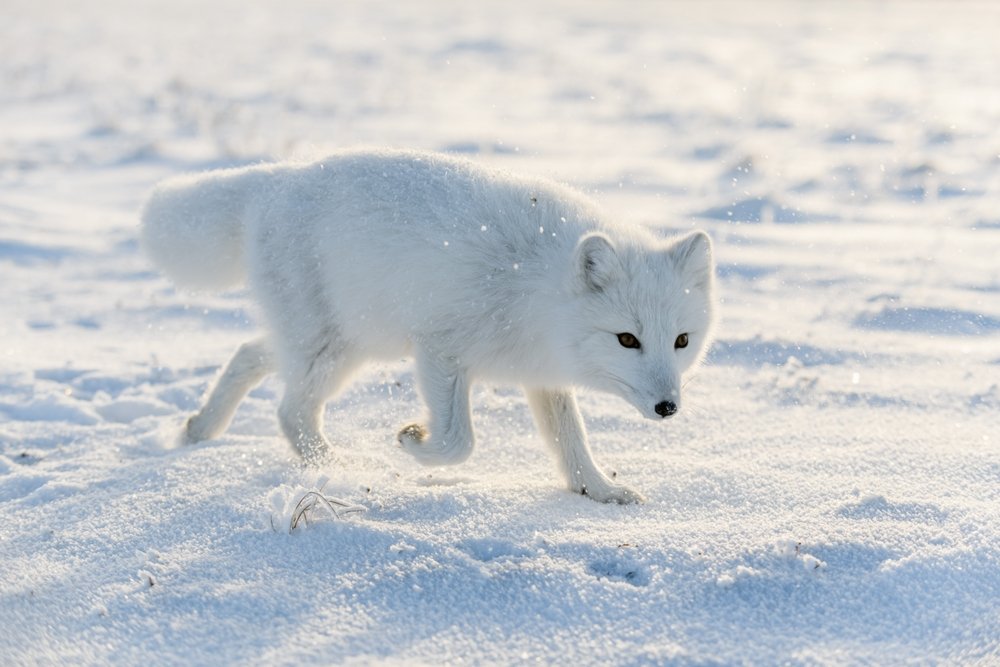
Arctic foxes, like all animals, play an important part in controlling the population of their prey i.e. lemmings.
Peak lemming years can have up to three thousand individuals per hundred thousand square miles, in contrast to only one individual per hundred thousand square miles in other years, despite being uncommon for many years.
Arctic foxes also contribute to soil nutrient enrichment. The soil surrounding their dens had higher nitrogen levels, resulting in improved plant productivity in these areas.
Conservation strategies
There are several ways we may assist in the rescue of the arctic fox, particularly in places where its population is threatened. Let’s have a look at how they can help:
Trophy hunting of Red Fox and providing Supplementary Feed for arctic foxes
As previously indicated, the increasing number of red foxes poses a severe danger to the arctic fox. Save the Endangered Fennoscandian Alopex (SEFALO) began in Finland and Sweden in 2000, with rangers with special authorization from national authorities hunting red foxes during the winter at traditional arctic fox territory.
This corresponded with supplementary feeding programs in which commercial dog food was fed to fox dens to assist alleviate food scarcity.
The number of arctic foxes in these areas expanded fourfold during the period, This was due to both lemming abundance and conservation activity.
Ex situ conservation Programs
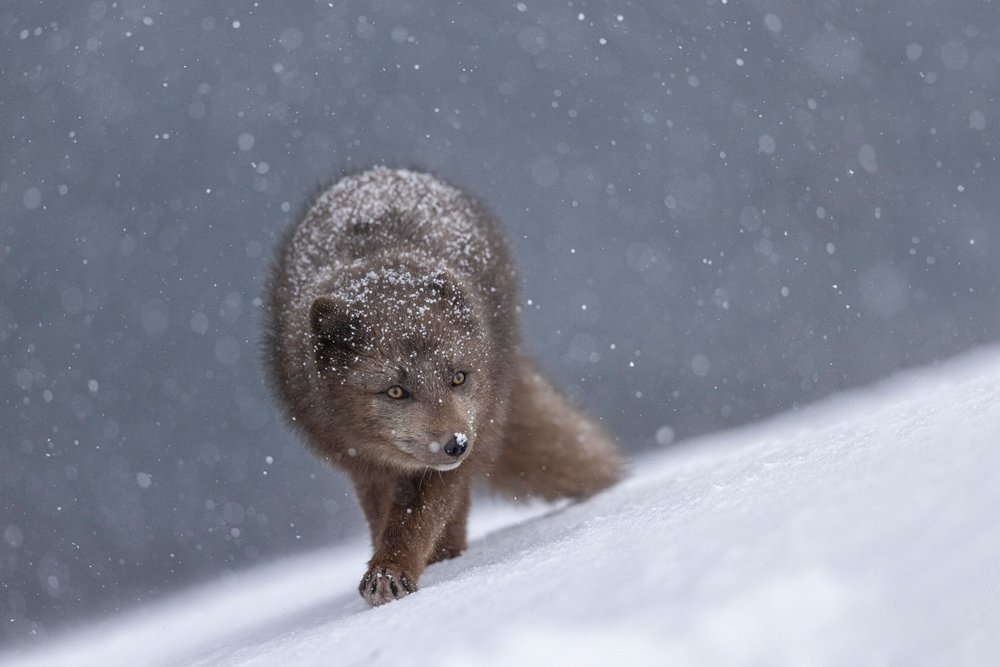
Captive breeding initiatives would be an important tool to rescue arctic foxes. These efforts may see in Fennoscandia to increase the population size of the arctic fox.
In the early 2000s, the initiative was utilized to increase the population of arctic foxes, releasing 385 pups into the wild in 2005. They were released into human-built dens each winter and have helped the population to survive.
Climate Change Mitigation efforts
However all other efforts are temporary and not as such reliable, the only way to preserve the arctic fox for enduring existence is to mitigate the climate change and minimize global warming. Because all threats elaborated in this article are related to the climate change issue.
Read Also: How Many Black Panthers Are Left in the World?
Author Bio:
Laiba Azhar is the co founder of Webgeniesoft Solutions and BBC News Featured Freelancer. She is a full time blogger and social media influencer who loves to write content. When not writing, she can be found hunting different books, making videos, and taking care of her son.

